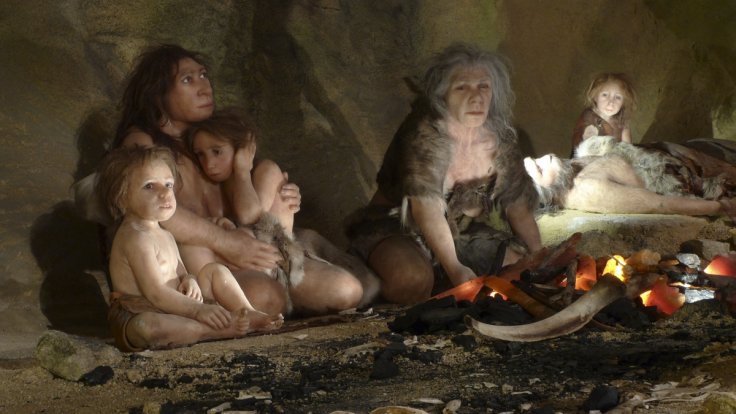Over the years, many historians have provided evidence related to Neanderthals establishing the fact they once existed but no one could categorically state with facts the reason behind their extinction, which was unusual. Based on thousands of artefacts and fossils, including several nearly complete skeletons, the pertinent question that remained unanswered till today was -- Why did these ancestors of modern humans become extinct?
The research on Neanderthals
Recently expert analysts stated that studies have shown that inbreeding and the internal dynamics of their small populations caused the extinction. This new research was conducted by a group of experts from University of Eindhoven, in the Netherlands. Through the study, published in POLS ONE, the researchers urged to test whether the internal dynamics that operate in small populations led to the extinction of the Neanderthals.

As per the study, in ancient days the global population of the species was very small and it was in the range of almost 5,000 to 70,000 individuals. By using statistical tools to estimate what went wrong with the Neanderthals, the experts modeled out how the populations might have fared over a period of 10,000 years.
Why did the Neanderthals disappear?
First, the researchers tested their population simulations with the factor of inbreeding. As mentioned in the study, in those days, Neanderthals had at least 40% lower fitness than modern humans on average which played a significant role in the extinction of the archaic species of humans.
In the second test, researchers studied the biological phenomenon, known as the Allee effect, which is actually where a small population fails to reproduce itself due to an inability to secure enough resources and limited choice of mates. Based on both models, researchers concluded that the Allee effect was apparent, over time.
Allee Effect to be blamed?
As per the statistical modelling provided by the University of Eindhoven, it can be believed that the Allee effect could be responsible for the extinction of a small population of up to 1,000 individuals, which means the natural attrition experienced by Neanderthals could be the main reason behind their demise as a species.

Another factor, modeled by the experts which include natural fluctuations in birth rates, deaths and sex ratios, sought to understand how such issues could have impacted the species over a period of centuries. However, this was not a major factor in extinction, said researchers.
Past studies
In May 2019, another new hypothesis for Neanderthal extinction supported by population modelling was put forward by Anna Degioanni from Aix Marseille Université, France and colleagues, published in the journal PLOS ONE.
Degioanni and colleagues created a Neanderthal population model allowing them to explore demographic factors which might have resulted in declining populations and population extinction over a period of 4,000-10,000 years.
Anna Degioanni model
The researchers created baseline demographic parameters for their Neanderthal extinction model such as survival, migration, and fertility rates and found that extinction would have been possible within 10,000 years with a decrease in fertility rates of young (
By their modelling, if the fertility rate decreased by 8 percent, extinction occurred within 4,000 years and if this decrease in fertility was amplified by a reduction in survival of infants, a decrease in survival of just 0.4 percent could have led to extinction in 10,000 years.
Lack of empirical data
However, the lack of empirical data allowing testing of hypotheses is one of the biggest challenges for researchers studying Neanderthal extinction and many hypotheses involved catastrophic events such as disease or climate change too behind the extinction of Neanderthals.
Krist Vaesen, a researcher said that humans were not needed for the Neanderthals to go extinct but it could be due to a stroke of bad, demographic luck. However, the debate on why these early humans vanished will continue.









